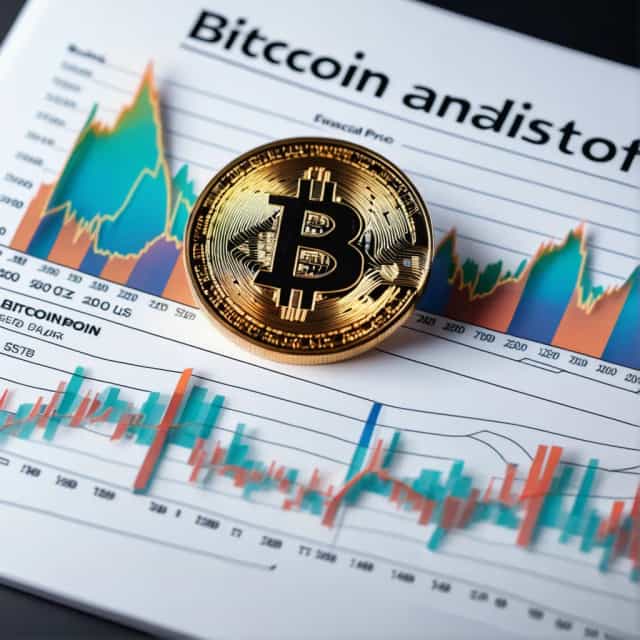Fed Rate Cut, Baby Step vs Big Step, Decision Imminent

- Federal Reserve Rate Cut Decision at September 17-19 Meeting Puts Economic Impact in Focus
- Jerome Powell's Speech Highlights Rate Cut Direction and Risk Balance
[Unblock Media] The Wall Street Journal (WSJ) reported that the upcoming Federal Reserve (Fed) meeting next week will see fierce debate over the extent of the rate cut. The Fed typically prefers to adjust rates by 25 basis points (0.25%) following a "baby steps" approach. However, when economic conditions change rapidly, the Fed may opt for a "big step" of 50 basis points or more. This approach allows the Fed to continuously monitor the effectiveness of its economic policies.
For the first time since 2020, the Fed is planning a rate cut, with the final decision expected during a meeting on September 17-18. The meeting has garnered significant market attention since rate cuts generally have a substantial economic impact. In his speech at Jackson Hole last August, Fed Chair Jerome Powell kept various options open regarding the direction of rate cuts. He emphasized that the timing and pace of these cuts would depend on new data, economic outlook, and risk balance.
The Fed has maintained a rate of approximately 5.3% for the past 14 months, the highest in 20 years. Although inflation has significantly eased, concerns about the negative impact of high interest rates on the economy are mounting. The Fed aims for a "soft landing" that suppresses inflation without severely harming the labor market. Recent data indicate that while prices are slowly declining, some areas of the labor market are cooling down. However, there haven't been large-scale layoffs or abrupt economic contractions.
Economic experts are divided on the extent of the rate cut. James Bullard, former president of the St. Louis Fed, warned that a significant rate cut could set unrealistic market expectations. Esther George, former president of the Kansas City Fed, suggested starting with a 25 basis point cut and reserving the option for larger cuts later, based on observations. Austan Goolsbee, president of the Chicago Fed, argued for a quicker rate cut to mitigate the risks of economic slowdown, since real interest rates are at their highest during the rate hike cycle. William Dudley, former president of the New York Fed, also suggested that with the neutral rate likely being below 4%, a quicker rate cut would be logical.
The result of these diverse viewpoints will be keenly observed in the upcoming Fed meeting. It is crucial to closely analyze and monitor the implications of the rate cut decision on financial markets and the broader economy.
Get real-time crypto breaking news on Unblock Media Telegram! (Click)










